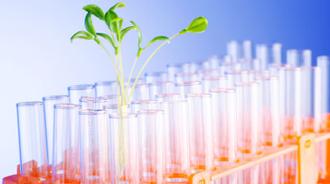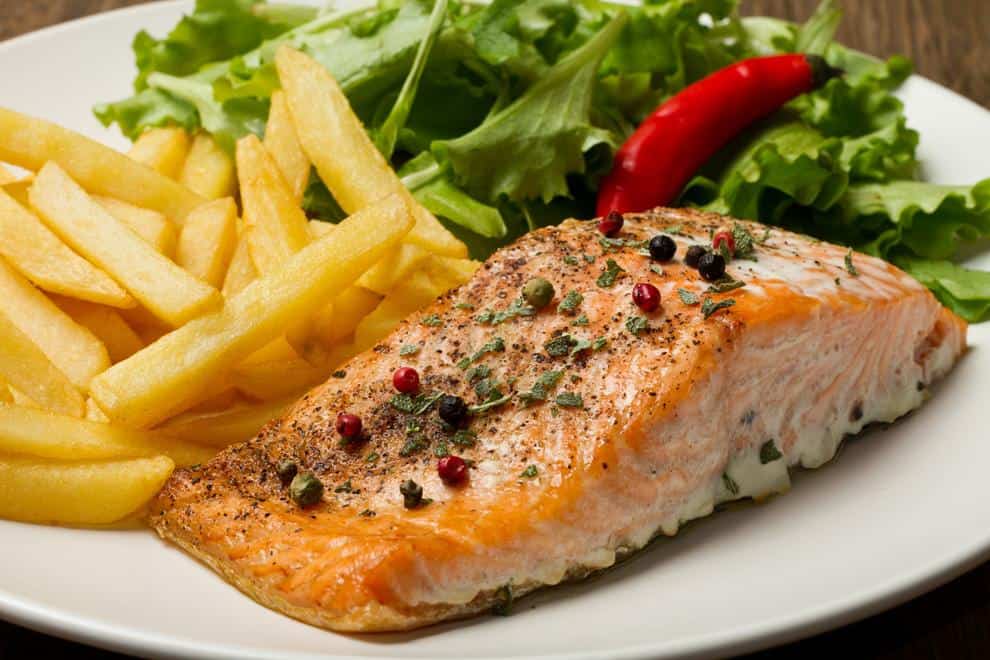Are Genetically Modified Foods Safe? Know the Real Truth
When I first learned about genetically modified foods (GM foods), I’ll admit—I was skeptical. The idea of altering the DNA of what we eat felt unnatural. But curiosity got the better of me. I dove into the research, asked questions, and even tried to understand the science behind it. What I discovered wasn’t just fascinating—it was essential knowledge for anyone who cares about their health, food security, or the environment.
🌾 What Are Genetically Modified Foods?
Genetically modified foods are those that have been genetically engineered to exhibit specific traits—usually to make them more resistant to pests, diseases, or environmental conditions. In the case of plants like corn, soybeans, or potatoes, scientists alter their DNA to improve yield or reduce the need for chemical pesticides.
You may be surprised to know that genetically modified crops are already a part of your daily diet. These ingredients often show up in processed foods in the form of soy lecithin, high fructose corn syrup, and modified corn starch—yet most packages don’t label them as such.
🧬 My Experience with GM Foods
As someone deeply passionate about food and nutrition, I started paying close attention to food labels. But I quickly realized that in many countries, there’s no obligation to label whether a food contains genetically modified ingredients. That concerned me—not just from a transparency perspective but also from a consumer rights standpoint. I believe we deserve to know what’s on our plates.
⚖️ The Controversy Behind GMOs
Let’s talk about the elephant in the room: the controversy.
There are several layers to it:
- Health concerns: Some experts worry about the long-term health effects of consuming genetically modified organisms (GMOs), although current research hasn’t conclusively linked GMOs to specific health problems.
- Environmental impact: There are concerns that GM crops may harm biodiversity or lead to the overuse of herbicides.
- Commercial control: Perhaps the most alarming aspect to me is the issue of patents. Unlike natural seeds, genetically modified seeds are often patented. Farmers can’t save and replant them. This creates a dependency on biotech corporations and takes away traditional agricultural autonomy.
I found this aspect particularly troubling. As someone who supports sustainable farming, the idea that farmers must repurchase seeds each season goes against the principles of food sovereignty.
🌱 Are There Benefits?
Absolutely. Genetic engineering has some real potential for good:
- Golden Rice, for example, is genetically modified to produce provitamin A, helping combat vitamin A deficiency in developing countries.
- Some GM potatoes are designed to resist diseases and even protect against bacterial diarrhea.
- Scientists have developed salmon and carp that grow faster, helping to meet rising global food demand.
I’ve tasted a few of these GM foods in countries where they’re legally sold, and honestly, you wouldn’t notice any difference in taste or texture. The nutritional value, however, can vary—especially when biofortification (nutrient enhancement) is part of the engineering goal.
🧪 What’s Coming Next in Genetic Food Tech?
In research labs today, scientists are working on GM foods with the power to revolutionize nutrition:
- Virus- and fungus-resistant plants that reduce the need for harmful pesticides.
- Lactose-free milk produced directly by genetically engineered animals.
- Medicinal milk containing therapeutic compounds.
- Modified yeasts and bacteria used in making cheese and wine to improve flavor and reduce fermentation time.
As someone who’s tasted artisan cheese made with genetically modified bacteria, I have to say—it’s delicious, and the process is much more efficient.
🛑 The Moratorium: A Pause on Innovation?
Many countries imposed a moratorium on the commercial release of new GM foods due to public outcry. Although some of these restrictions are slowly being lifted, the debate is far from over. I believe we need balanced regulation—one that encourages innovation while ensuring safety and ethics are prioritized.
💬 My Final Thoughts
I’m not here to tell you what to eat. But as someone who’s taken the time to explore this subject deeply, I believe that genetically modified foods can be both a solution and a risk—depending on how responsibly we manage them.
It’s crucial that we, as consumers, stay informed, ask for transparency in labeling, and support ethical biotechnology that prioritizes public good over profit. I personally choose organic when I can, but I also recognize the potential GM foods have in addressing global hunger and malnutrition.
✅ Quick Facts You Should Know
- GM crops include corn, soy, potatoes, rice, and salmon
- Many packaged foods contain GM ingredients without clear labeling
- Genetic modifications may help prevent diseases like cholera and vitamin A deficiency
- GM seeds are patented—farmers can’t replant them without buying new ones
- Fermentation in cheese and wine production has been enhanced through GM microorganisms




